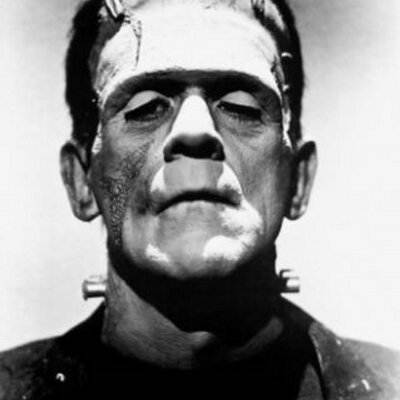When I think of Ishiro Honda’s 1954 film, Godzilla, I immediately visualise images of destroyed Japanese towns, a fire-breathing monster and terrified people. The classic combination for a Sci-Fi Horror film.
Before today, I hadn’t watched any of the films under the Godzilla umbrella because I wasn’t allowed to watch it.

Growing up as a young ethnic-Australian girl in the late 1990s, my parents Italian/ South American parents were strict in regards to what we watched. At the time our television screens were filled with Japanese manga and cartoons with slight undertones of violence and destruction. My mum banned my brother and I from ever watching shows and films like Godzilla or Japanese manga or cartoons because there was too much violence for impressionable young children.
After watching Gojira, i’m glad I didn’t watch the film when I was younger.
Through the lens of the New Historian Literary Theory, Godzilla was created as a product of the historic events which it was created in. If I was to have watched the film when I was younger, all I would have seen was scenes of destruction and over-dramatised acting. I wouldn’t have appreciated the history and underlying themes that capture the culture’s struggle surrounding the events that took place around WWII.
The film was different to what I had expected. It deeply explored the effects of the Hiroshima and Nagasaki atomic bombs which ravaged the Japanese towns causing years of after effects, contamination and radiation. It also played on the social anxieties surrounding the U.S atomic bomb of Castle Bravo which detonated in 1954, the same year Godzilla was released.
Godzilla itself was a motif for the unstoppable effects that the atomic bombs continued to have on the Japanese population.
Upon watching the film, I came to notice the theme of Human vs. Self where the community (human) vs. Godzilla (self) . Godzilla is a representation of the persona that humanity has created with the intention to be the better version of humanity and take over, in turn causing destruction.

This draws parallels with Mary Shelly’s Frankenstein where the monster becomes a product of its creator. In this case, Godzilla is the product of humanity and its desire to have control. It plays with the idea of humanity tampering with technologies beyond their power so much so that they create a monster.

This is accentuated by the films nior and its black and white nature. Godzilla seems to come out from the shadows in certain scenes where the lighting techniques added to the dramatisation of the film.
Overall, I really enjoyed the film and how it played with certain themes, issues within Japanese culture and history as well as advancements in science and technology.
This film presented the fears, struggles and lives of Japanese people who were forced to live with the effects after the war and radioactivity. Thus, it provides a window for western audiences to view these struggles through the film.
Sources:
Honda, I 1954, ‘Godzilla’
Mambrol, N 2016, ‘New Historianism,’ Literary Theory and Criticism Notes <https://literariness.wordpress.com/2016/10/16/new-historicism/>
Shelly, M 1818, ‘Frankenstein’


Reblogged this on Digital Asia.
LikeLike
Your perspective about the movie is really interesting to me as it showed me another side of the movie. It is a true idea for me when it comes to movies containing a lot of violent scenes. I also agreed that if I had watched when I was little, I would probably have had a completely different view. One thing I found appealing for me is your thought about human vs. self. It not only shows a very new way of observing the movie but also leaves me with hundreds of thoughts.
LikeLiked by 2 people
Exactly! When films play with ‘monsters’ etc it leaves room for us as the audience to question the orgins of this ‘monster’. Then we can start to see the similarities- thus playing with the idea that they are a relection of humanity.
LikeLiked by 1 person
Possibly because I am so desensitised from violence like seen in Gojira, it is interesting to see your view of the violence. But I do agree with you in regards to if you had watched it at a younger age, you would miss the nuance, the underlying themes. You would just see the big Godzilla, and the screaming.
You’re also right with the human vs self, as that is a big part of the Godzilla story. What happens when we let that which we have made, destroy us?
You have brought up very interesting points, thank you
LikeLiked by 1 person
Hi Monique! I can totally relate to not being allowed to watch violent films growing up, but I guess in this case we both felt as though we weren’t missing out on much in terms of Gojira. I enjoyed that you mentioned Mary Shelly’s Frankenstein, I would have never thought about that as a parallel. There are certainly connections there with the theme of humanity tampering with technology and sources of mass destruction.
LikeLiked by 1 person